Animals can be rare for a variety of reasons. Sometimes they’re hard to reach because they live at the top of a very rocky mountain, or the bottom of a very deep sea.
Other times there just aren’t many left. Sometimes, it’s the preferred method of cooking.
Endemism is the state of being a species found in a single defined geographic location, such as an island, state, nation, country or other defined zone; and many of the rarest animals are endemic species, threatened or otherwise.
Others are simply rare because they’re about to become extinct, many are both.
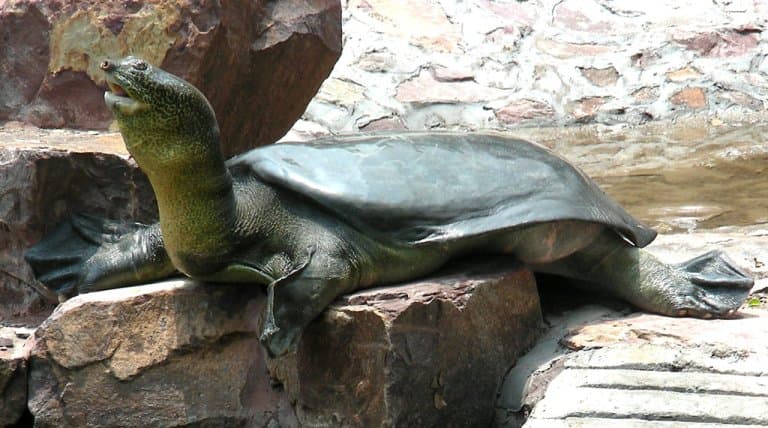
We’ve put together a list of some of the animals you’re least likely to encounter in the wild, for various reasons, and if it isn’t obvious, there’s no easy way to rank them, so consider these extremely rare animals listed in no particular order.
10. Fiery Dink Frog
Our first entry is named after the phenomenon of going for a pee right after chopping chillis. It’s a frog, and as the name suggests it looks a bit like a burn victim.
This frog exists only inside a tiny blob of Panama, above 1500m. They’re endemic to a volcanic cone called Cerro Santiago, and since it’s too hot and dry to climb down, they’re stuck up there, looking all sore.
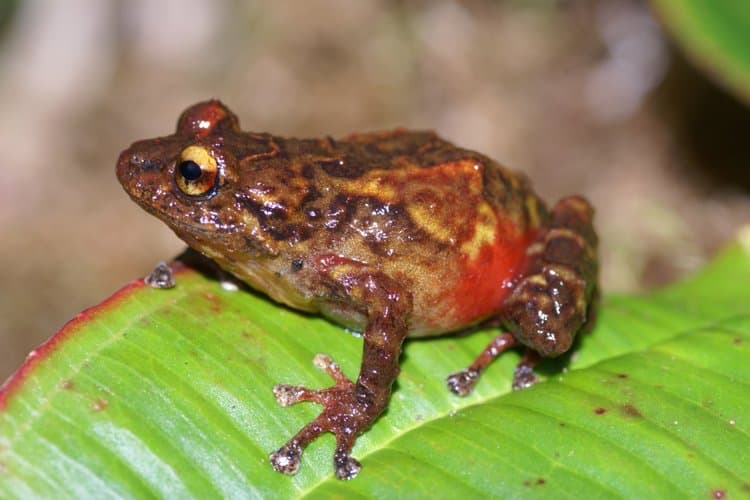
This exceptionally tiny range is the only place you’re able to see them in the wild, which makes them incredibly rare already, but to make things worse, they refuse to come lower than four meters above the ground, so even if you go there, they’re hard to find.
Despite occupying the same land as indigenous tribes for millennia, this frog is now threatened by the destruction of its habitat as a conversion to agricultural land. It is unprotected and critically endangered. 1
9. Robert Paulson Spider
This ambush spider sits in hidden webs, similar to the funnel web, but built into the crevices in trunks of trees.
These are such rare spiders that there isn’t a description of the male on record, and only the female is described. She’s about 9cm long, mostly shiny, and she lives only on the largest island in the Seychelles, Mahé.
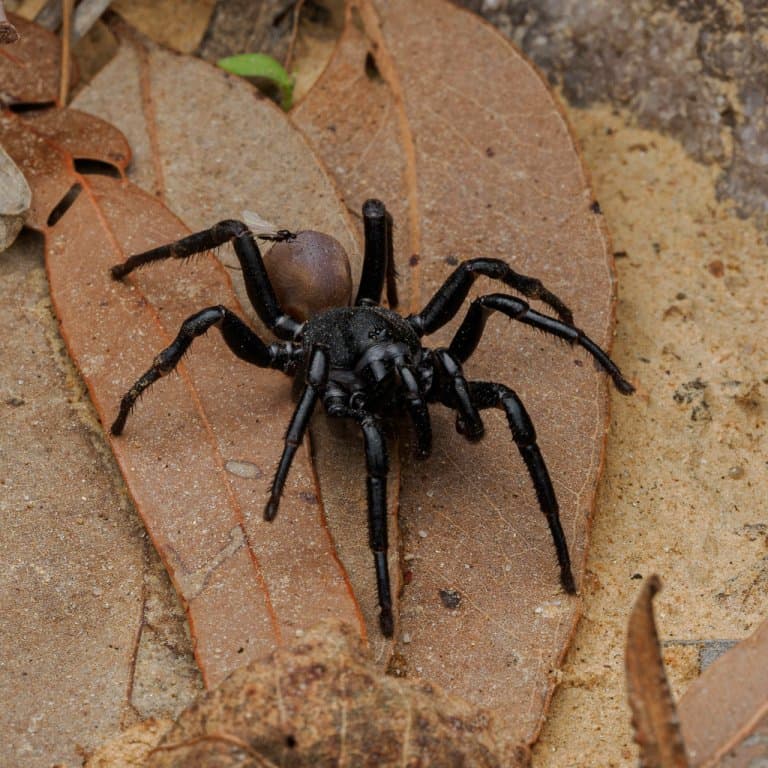
It was first discovered in 1911, and since then nobody has spent much time learning anything about it. What we know so far is that there are only about three subpopulations on the island, and the largest of them contains 12 spiders, making this one of the rarest animals on Earth.
Since there is no official common name listed for this species, we have given it one. Its name is Robert Paulson. And it should be remembered before it’s too late, as they are considered critically endangered. 2
8. Seventy-four Seabream
This species was doomed to obscurity the moment it was named, and despite its memorable moniker, it hardly shows up on a Google search at all.
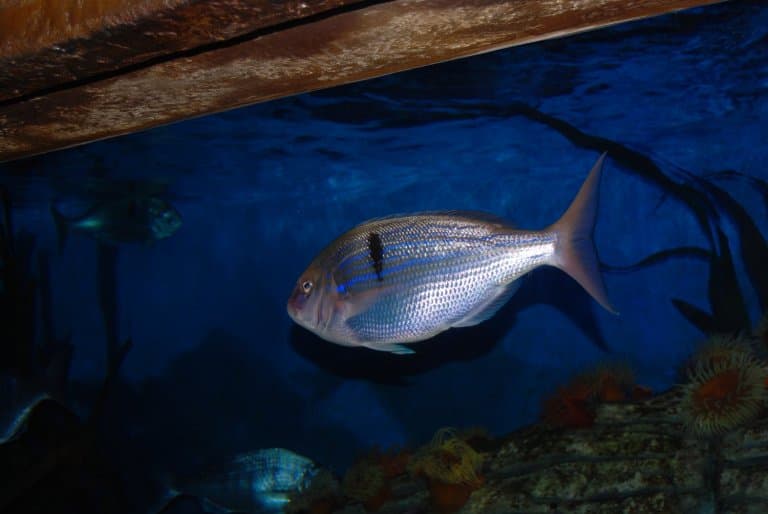
This is a fairly small predator of fish and squid, found in reefs down the East coast of Southern Africa, along which it takes on spawning migrations, heading to deeper water reefs as far down as 100 meters to lay its millions of eggs.
Despite this fecundity, this fish has been ‘harvested’ almost to extinction, as the spawning aggregations were predictable to human hunters, who overfished them.
A slow rate of reproduction and growth hinders their recovery, and they’re also listed as critically endangered.
7. ʻIʻiwi
This cute little bird is a member of a curious group of endemic finches known as the Hawaiian honeycreepers. Perhaps jealous of the attention Darwin was giving to the Galapagos gang, these ones evolved even more diverse and unusual characteristics as a result of their isolation on the island.
Instead of a seed crusher or insect grabber, their frontal appendage has evolved to feed on nectar, and so is more similar to that of a hummingbird. This is a recognisable bird that occupies a space in local legend and culture, and while it’s not as rare as some of the other members of its family, it’s a good figurehead for the troubles they all face.

Its call is said to sound like balls dropping in water, the rubbing of balloons together, and the squeaking of a rusty hinge.
Once widespread across the islands, its range has been restricted to Hawaii island, with a handful left on Maui and Kauai, where they follow the seasonal flowers up and down the mountains. 3
6. Philippine Crocodile
The largest of these crocodiles ever recorded was around three meters long, but most are significantly smaller. This is a relatively petite crocodile and one that isn’t well known.
Male and female Philippine crocodiles guard their young after hatching, and the adults hunt in rivers and creeks, as well as ponds and marshes from the sea, all the way up to 850 meters.
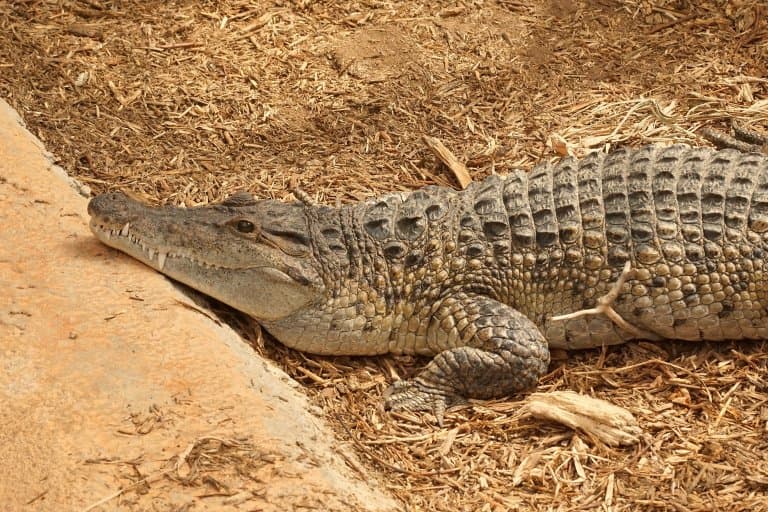
These crocs have a larger range than many on this list, but they tend to occupy it at very low densities, so they’re rare to come across.
They’re also critically endangered, as their chosen hunting grounds are being converted by human development, and they get entangled in fishing gear. The species is critically depleted, suggesting a low chance of recovery: there may only be 100 left in the wild.
5. La Hotte Bush Frog
As if the Dink frog wasn’t hot enough, we have another entry for the amphibians, this time coming from the canopy of the Southwestern Haiti forests.
This is a treefrog, dependent on transitional pine-cloud forest, and with a deep reliance on bromeliad flowers, to which it descends for safety during the day, and into which it lays its eggs during spawning season.
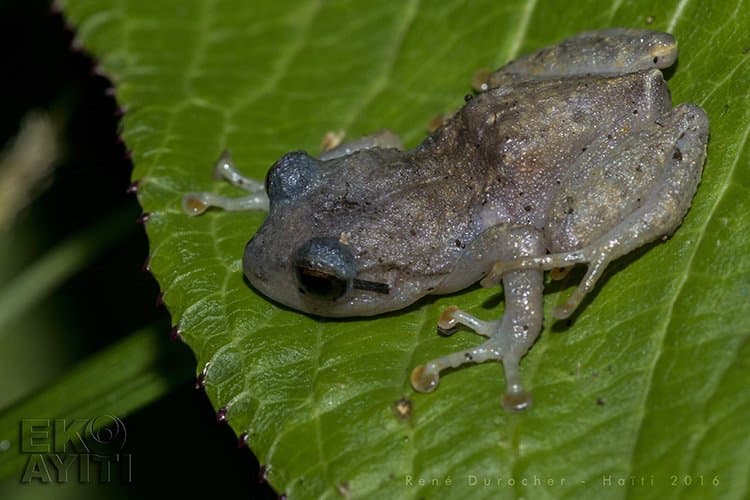
This is a very sensitive animal, even by amphibian standards, and can be used as an early warning sign of things to come.
Logging and habitat conversion are destroying its habitat, and being reliant on primary forest, even recovery of the young canopy is not enough to protect the species.
The populations are severely fragmented, and this is now a rare species to see in the wild.
4. Madagascar Serpent Eagle
This is a bird that’s so hard to see, that people thought it was already extinct. Between 1930 and 1977, nobody had spotted one at all, and it wasn’t until 1993, and two more sightings, that it was reconfirmed as alive and well.

Since then, conservationists have scrambled to figure out how to secure its spot in the ecosystem. This bird has a reputation for avoiding photographs, despite being spotted several times.
It’s so elusive that we don’t know much about its range or how many of them there are. 4
3. Lord Howe Island Stick Insect
These arboreal arthropods are also known as ‘tree lobsters’, but are not actually lobsters, or indeed crustaceans at all. They’re stick insects, and some say they’re the rarest insects on Earth.
Of course, the rarest insects on Earth likely won’t be ones that we know about, but we’ll give them the benefit of the doubt for now.
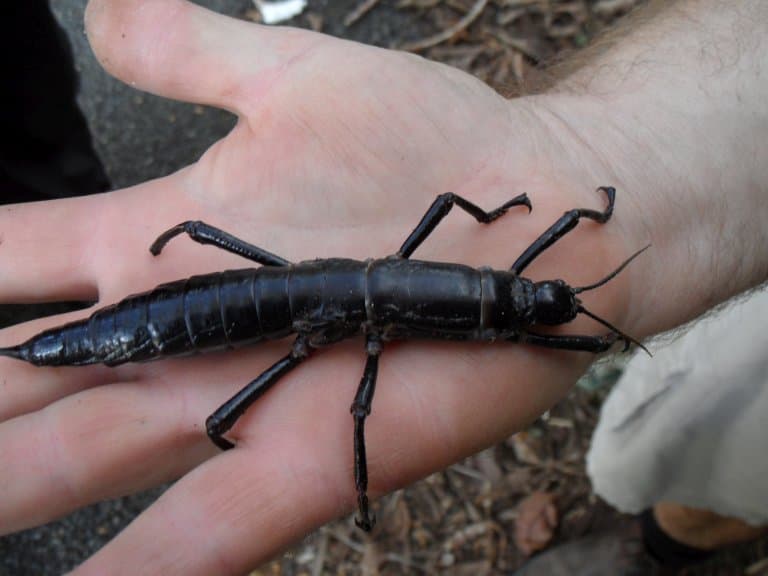
This is another animal whose existence was questioned until they were rediscovered in 2001, on a 6-million-year-old chunk of rock sticking out of the ocean.
Specimens were hurriedly gathered in zoos to begin a breeding program and have become a mascots for the importance of insect conservation everywhere. 5
2. Speartooth Shark
Sharks are elusive animals at the best of times, but in environments where there’s no way to see them, they can be even harder to get to know.
The rarest shark species are likely obscure deep-ocean monsters that we’ll never discover, but the rarest that we know about is likely the Speartooth.
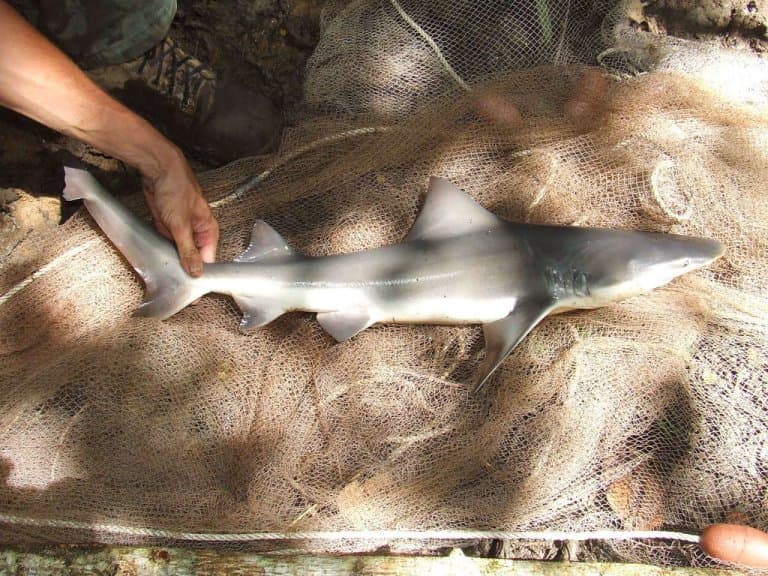
This shark doesn’t share the ocean with its marine cousins but occupies murky tropical rivers in Australia and New Guinea. Until recently, no mature individuals had ever been seen, and this species remains exceptionally rare and hard to find.
The IUCN believes there are no more than 2,500 adults, somewhere, but hasn’t got as much confidence around their specific location.
Recent tagging should bring in new info about this species, but the chances of you ever crossing paths with these 2.6m fish and noticing are very slim! 6
1. Yangtze Giant Softshell Turtle
The Yangtze river is the tragic venue for some of the rarest and most critically endangered animals on Earth, so it’s not surprising to find our final entry here.
This is a highly camouflaged, sedentary animal that hides in the mud, so is difficult to find even if you know where it is, but the long generational time of this animal (up to 100 years) and its slow rate of reproduction have made it very vulnerable to reduction.
Almost nothing is known about the juveniles, but the adults and eggs are hunted for food, and widespread drainage has removed much of its habitat.
The IUCN suggests there may only be three mature individuals left in the wild. 7
Final Thoughts
There are many reasons for a species to be rare. Of course, we humans are responsible for a lot of them, but the isolating of a species by environmental factors is the main reason there are so many endemic species and one of the key contributors to our favourite rare and unique animals.
Being stuck on an island for tens of millions of years, or trapped at the top of a mountain where it’s too hot to come down, forces communities to adapt and to change over time until they’re the only ones of their kind anywhere in the world.
That’s why islands are sanctuaries for the rarest and most unique species on Earth, and it’s also why it’s so important to prevent invasive species from, well, invading them.
But more and more, we’re finding that rare species are becoming critically endangered through the loss of their habitats or the rampant destruction of their communities through fishing.
Rare animals are valuable, not only as a novelty item to tick off in a collection, but as a member of an intricate web of ecology that spans the globe, and without the integrity of this web, the entire system can, and will, come down.
Fact Sources & References
- “Diasporus igneus“, Amphibia Web.
- Saaristo, Michael I, (2002), “New species and interesting new records of spiders from Seychelles (Arachnida, Araneaea)“, Treatment Bank.
- “Birds of Hawaii: the Hawaiian Honeycreepers“, Birdfinding.info.
- Becki Robins (2023), “Animals That Almost No One Has Ever Seen“, Grunge.
- “San Diego Zoo Wildlife Alliance Working to Conserve Critically Endangered Lord Howe Island Stick Insect“, San Diego Zoo Wildlife Alliance.
- “Speartooth Shark“, Sharkwater Extinction.
- “Yangtze Giant Softshell Turtle“, IUCN.
